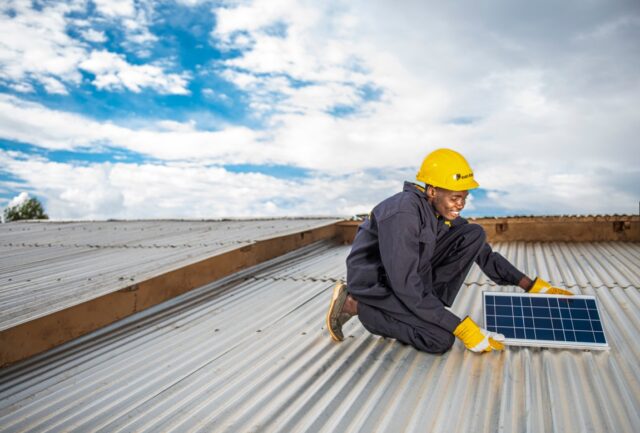
WED, JULY 05 2023-theGBJournal |Foreign direct investment (FDI) flows to Africa declined to $45 billion in 2022 from the record $80 billion set in 2021.
They accounted for 3.5% of global FDI, according to UNCTAD’s World Investment Report 2023 published today.
The number of greenfield project announcements rose by 39% to 766. Six of the top 15 greenfield investment megaprojects (those worth more than $10 billion) announced in 2022 were in Africa.
In North Africa, Egypt saw FDI more than double to $11 billion as a result of increased cross-border merger and acquisition (M&A) sales.
Announced greenfield projects more than doubled in number, to 161. International project finance deals rose in value by two thirds, to $24 billion. Flows to Morocco decreased slightly, by 6%, to $2.1 billion.
In West Africa, Nigeria saw FDI flows turn negative to -$187 million as a result of equity divestments. Announced greenfield projects, however, rose by 24% to $2 billion.
Flows to Senegal remained flat at $2.6 billion. FDI flows to Ghana fell by 39% to $1.5 billion.
In East Africa, flows to Ethiopia decreased by 14% to $3.7 billion; the country remained the second largest FDI recipient on the continent. FDI to Uganda grew by 39% to $1.5 billion on investment in extractive industries. FDI to Tanzania increased by 8% to $1.1 billion.
In Central Africa, FDI in the Democratic Republic of the Congo remained flat at $1.8 billion, with investment sustained by flows to offshore oil fields and mining.
In Southern Africa, flows returned to prior levels after the anomalous peak in 2021 caused by a large corporate reconfiguration in South Africa.
FDI in South Africa was $9 billion – well below the 2021 level but double the average of the last decade.
Cross-border M&A sales in the country reached $4.8 billion from $280 million in 2021. In Zambia, after two years of negative values, FDI rose to $116 million.
Four regional economic groupings
Over the past five years, FDI inflows have risen in four of the regional economic groupings on the continent.
FDI in the Common Market for Eastern and Southern Africa grew by 14% to $22 billion.
Flows rose also in the Southern African Development Community (quadrupling, to $10 billion), the West African Economic and Monetary Union (doubling, to $5.2 billion) and the East African Community (up 9%, to $3.8 billion).
Intraregional investment remained relatively small, despite an increase over the past five years. In 2022, intraregional greenfield project announcements represented 15% of all projects in Africa (2% in terms of value), as compared with 13% (2% in value) in 2017.
However, looking at announced projects invested in by only African multinational enterprises, three quarters of their value remained on the continent.
In 2022, the biggest increase in announced greenfield projects was in energy and gas supply (to $120 billion from $24 billion in 2021). Project values in construction and extractive industries also rose, to $24 billion and $21 billion, respectively. The information and communication sector registered the highest number of projects.
International project finance deals targeting Africa showed a decline of 47% in value ($74 billion, down from $140 billion in 2021) but a 15% increase in project numbers, to 157.
European investors remain, by far, the largest holders of FDI stock in Africa, led by the United Kingdom ($60 billion), France ($54 billion) and the Netherlands ($54 billion).
Report Key Highlight
UNCTAD’s World Investment Report 2023 reveals a widening annual investment deficit that developing countries face as they work to achieve the Sustainable Development Goals (SDGs) by 2030.
The gap is now about $4 trillion per year – up from $2.5 trillion in 2015 when the SDGs were adopted.
The report shows that global foreign direct investment (FDI) fell 12% in 2022 and analyses how investment policy and capital market trends impact investment in the SDGs, particularly in clean energy.
It highlights that developing countries need renewable energy investments of about $1.7 trillion each year but attracted only $544 billion in clean energy FDI in 2022.
Although investments in renewables have nearly tripled since 2015, most of the money has gone to developed countries.
The report calls for urgent support to developing countries to enable them to attract significantly more investment for their transition to clean energy.
It proposes a compact setting out priority actions, ranging from financing mechanisms to investment policies, to ensure sustainable energy for all.
Twitter-@theGBJournal|Facebook-the Government and Business Journal|email:gbj@govbusinessjournal.com| govandbusinessj@gmail.com









